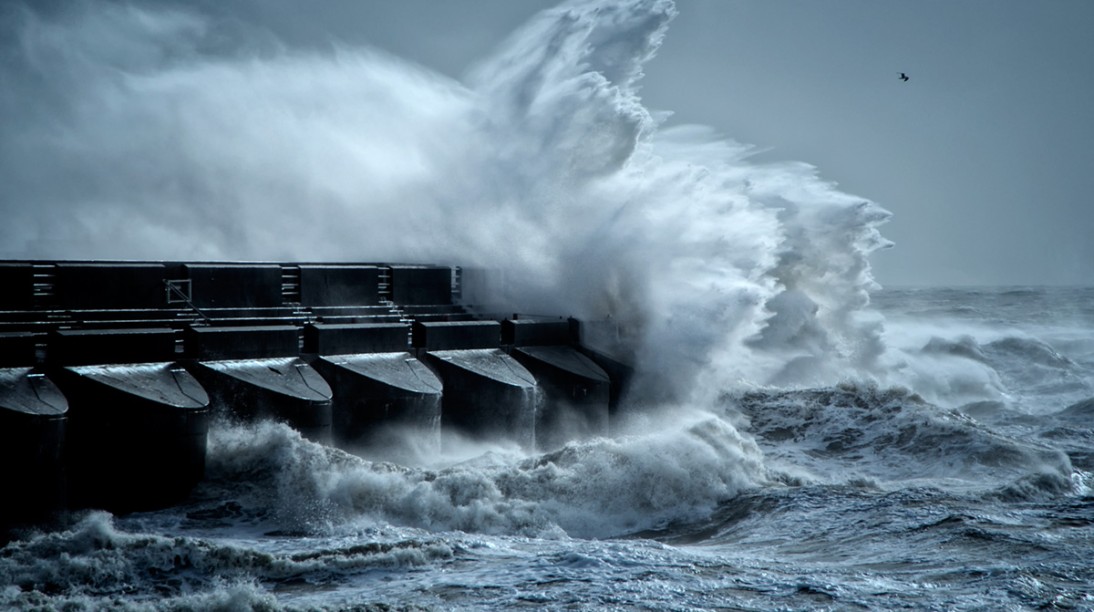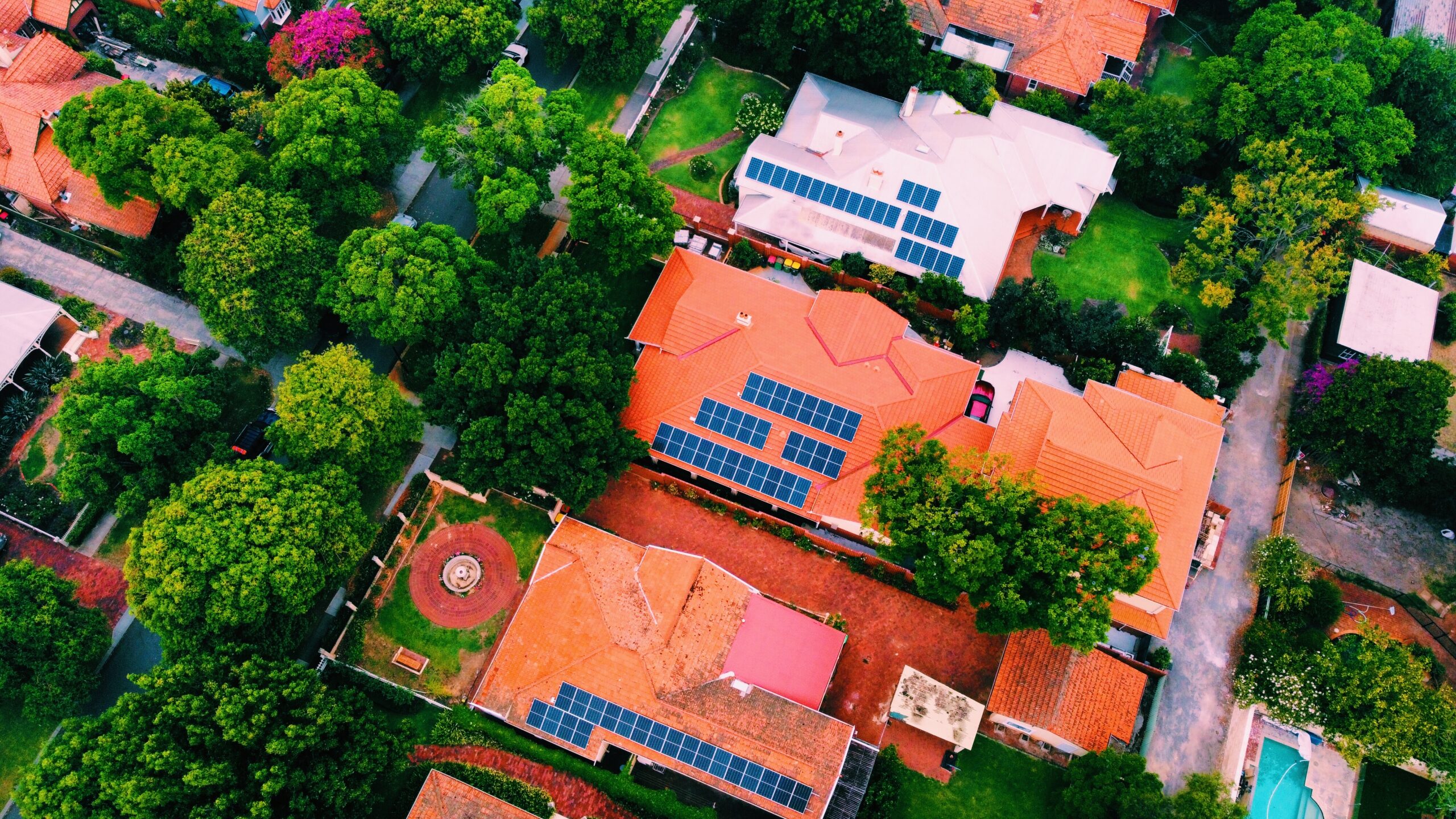A climate change jargon buster

An A-Z of eco words
The UK’s highest-ever recorded temperature of 40.3C in mid-July was a rude awakening. The climate is changing and even this famously mild isle is no longer safe from extremes.
The heatwave is likely to increase the number of UK adults who feel hopeless about climate change. The figure currently sits at 38%, according to National Grid research from 2021.
And yet, few are aware of the current state of environmental affairs, let alone what the science actually says with regards to potential outcomes and solutions.
This fundamental misunderstanding extends in all directions. People underestimate how many of the past 22 years have been the hottest on record (20), what percentage of plastic waste we’ve produced thus far remains in the environment (79%) and to what extent the population sizes of other animal species have declined since 1970 (60%).
But they also vastly underestimate the progress that has been and is being made. National Grid found that 42% of Brits believe the country gets less than 10% of its electricity from zero and low carbon energy sources. It’s actually 55% and is projected to rise steeply in coming years even without full policy support.
Although the inherent complexity of the many interrelated and overlapping issues at hand means that a certain level of misunderstanding is inevitable, confusing carbon jargon doesn’t help.
Many Brits have never heard of terms like carbon neutral (42%) and net zero (61%). Only 10% are familiar with COP26 – the UN climate conference that was held in Glasgow last November.
Green language and what it means
To clear up some of the confusion, here's an incomplete glossary of green terminology:
Aerosols: Tiny particles that drift through Earth’s atmosphere, reflecting sunlight back to space. They can be natural (90% by mass) or anthropogenic (10%). Source: NASA
Agrivoltaics: Combining farmland and PV panels to simultaneously produce both food and electricity. Source: Fraunhofer ISE
Agroforestry: An integrated land use management system in which trees are grown around or among crops. By reducing human impacts on land, the approach can improve soil health, increase yields and create homes for wildlife. Source: Soil Association
Albedo effect: A surface’s ability to reflect light. The average albedo effect of the Earth is 0.3, meaning that about 30% of the sun's radiation is reflected away from the planet’s surface. Source: Climate Hero
Alternative protein: Eco-friendly protein sources including plant- and microbial-based products, cultured meat and edible insects. These alternatives offer potential solutions to the global problems of food shortages, over-farming and depletion of natural resources. If current trends persist, alternative proteins will replace up to 60% of meat products by 2040. Source: University of Nottingham
Anthropogenic: Caused or influenced by humans (chiefly in relation to pollution or environmental change). The Anthropocene is the current geological era in which human activity has been the dominant influence on climate and the environment.
Biofuel: Any fuel that is derived from biomass (e.g. wood pellets, manure, crops grown for energy production, food waste). It is classified as a renewable energy source, although some biofuel production methods are not environmentally friendly. Source: Britannica
Biodiversity loss: Global or local reduction or extinction of species, resulting in reduced genetic diversity and, potentially, ecosystem collapse.
Carbon budget: The cumulative amount of CO2 emissions permitted over a period of time to keep within a certain temperature threshold. The UK was the first country to announce legally binding carbon budgets. Source: Carbon Tracker
Carbon capture and storage (CCS): The process of capturing CO2 before it enters the atmosphere and sequestering it for centuries or millennia.
Carbon neutral: A state of net zero carbon emissions. Unavoidable emissions produced are offset. Not to be confused with carbon-free.
Carbon offsets: A reduction or removal of GHG emissions that counterbalances emissions produced elsewhere, typically measured in tonnes of carbon dioxide-equivalent (CO₂e). Although susceptible to fraud, when properly executed carbon offsets can be a powerful and effective tool in the transition to a zero-carbon world.
Carbon tax: A fee levied by governments on companies that burn fossil fuels. Carbon taxes are widely regarded as one of the best ways to correct the market failure that has resulted in runaway climate change.
Circular economy: An economic model designed to minimise the consumption of virgin materials, waste and emission production by maximising efficient use of finite resources. This means moving away from the take-make-waste model in favour of sharing, leasing, reusing, repairing, refurbishing, and recycling existing materials. Source: CFI
Climatarian: A diet focused on reducing one’s carbon footprint without adhering to a rigid .
Climate debt: An idea that states that rich countries owe poorer countries for the damage caused by the rich countries’ disproportionately large contributions to climate change that disproportionately impacts poorer countries.
Eco-anxiety: Persistent worries about the future effects of climate change and environmental damage. Source: Healthline
Environmental, Social and Governance (ESG): A framework used to demonstrate the sustainability and ethical impact of a business or investment. Source: CFI
Feedback loop: A process in which an external factor causes a change in one part of the climate system that leads to cascading effects, amplifying the impact on the environment. Feedback loops can be positive or negative.
Flexitarian: A person who eats a primarily vegetarian diet.
Flygskam: A Swedish word that translates literally to “flight shame”. The associated social movement suggests people should feel shame about flying due to its outsized negative environmental impact. Source: BBC
Fuel cell: A device capable of turning a fuel (e.g. hydrogen) into an electrical current.
Geoengineering: Deliberate, large-scale intervention in the Earth’s climate system to counteract climate change. Source: Oxford
Glasgow Financial Alliance for Net Zero (GFANZ): A global coalition of leading financial institutions that have pledged to help accelerate the transition to a net zero economy. Members currently include over 450 financial firms across 45 countries responsible for over $130 trillion of assets. Source: GFANZ
Greenhouse gases (GHGs): Gases that trap heat in the atmosphere and contribute to climate change, including carbon dioxide, methane and others from commercial and industrial activities. Source: EPA
Greenwashing: An organisation presenting an environmentally responsible public image or product which isn’t actually true. Source: Oxford Lexico
Grid energy storage: A collection of methods for utility-scale energy storage, which will be vital for ensuring frequency regulation and stability for an increasingly decarbonised grid.
Heat pump: A highly efficient, electrically powered device that can heat a building by transfering thermal energy from outside. Many also work in the opposite direction.
Hydroflourocarbons (HFCs): Industrial chemicals primarily used for cooling and refrigeration that were developed to replace ozone-depleting substances banned under the Montreal Protocol. HFCs have a global warming potential hundreds to thousands of times greater than that of CO2. Source: Climate & Clean Aire Coalition
Intergovernmental Panel on Climate Change (IPCC): The UN body responsible for assessing the science related to climate change. Their reports inform governments, businesses and civil society worldwide. Source: IPCC
Lithium-ion battery: A family of rechargeable batteries that power everything from cell phones to EVs. Popular due to their light weight and high energy density, they will be crucial to the energy transition, although they are not without their own environmental downsides. Source: US DOE
Net zero: Cutting greenhouse gas emissions to as close to zero as possible, with any remaining emissions re-absorbed from the atmosphere (e.g. by oceans and trees). Source: UN
Nuclear fission: The process of splitting heavy elements to generate energy, a reaction that powers all currently existant nuclear power plants. Recently, the invention of smaller modular reactors has made the build out of nuclear energy more feasible.
Nuclear fusion: A reaction in which two hydrogen atoms are combined to form helium, releasing energy in the process. If the quest to achieve sustained nuclear fusion power on Earth pays off, we would have access to near limitless renewable energy that does not produce radioactive waste. Unfortunately, fusion is too late to play a meaningful role in the current energy transition.
Ocean acidification: The ongoing reduction of the pH of the ocean due to an uptake of CO2 from the atmosphere, with harmful effects on underwater ecosystems. Source: NOAA
Paris Agreement: A landmark legally binding international treaty on climate change ratified in 2015. Covers adaptation, mitigation and finance. Source: UN
Peatlands: Terrestrial wetland ecosystems in which waterlogged conditions prevent plant material from fully decomposing. Although historically they have often been drained or used for food and fuel, maintaining and restoring peatlands is now vitally important in the fight against climate change and ecological destruction, as they are highly efficient stores of carbon as well as hotspots for biodiversity.
Permafrost: A thick subsurface layer of soil that remains below freezing point throughout the year, occurring chiefly in polar regions. If allowed to melt, permafrost releases methane, a GHG far more potent than CO2.
Radiative forcing: What happens when the amount of energy that enters the Earth’s atmosphere is different from the amount of energy that leaves it. Currently, this difference is being driven by a change in the concentration of CO2. Source: MIT
Regenerative agriculture: An approach to agriculture which aims to combine food production with environmental stewardship by mimicing natural processes. Source: Innovation for Agriculture
Science Based Targets initiative (SBTi): Defines and promotes best practices in emissions reductions and net zero targets in line with climate science. Provides target setting methods and guidance to companies. Source: WRI
Shared Socioeconomic Pathways (SSPs): Demonstrations of what the world would look like under five climate policy scenarios. Used to inform climate models in the IPCC’s sixth assessment report. Source: Carbon Brief
Sixth mass extinction: Also known as the Holocene extinction or the Anthropocene extinction, it is being driven by human activity, primarily the unsustainable use of land and water, as well as by climate change. Source: WWF
Smart grid: An electrical grid that enables bidirectional flows of energy and is more suited to deal with increasingly distributed and variable sources of electricity generation. Source: NIST
Sustainable: A word that has nearly lost its meaning due to overuse. Heavily context dependent.
Tipping point: A critical threshold at which a tiny perturbation can qualitatively alter the state or development of a system. For instance, climate scientists believe that the Amazon rainforest may soon reach a tipping point after which it would become a savannah if deforestation and climate change are not stopped.
Traditional knowledge (TK): Also known as indigenous knowledge, it refers to knowledge systems embedded in the cultural traditions of regional, indigenous or local communities. TK can be a powerful tool in the fight against climate change. Source: WIPO
We probably can’t expect the average person will be able to articulate the difference between the albedo effect and radiative forcing, agroforestry and agrivoltaics or fuel cells and lithium-ion batteries any time soon.
But given the ever increasing relevance of the climate story to every facet of life on the planet, it’s vitally important that we face the problem head on. And that includes continuing to discuss – and disambiguate – the terminology.






